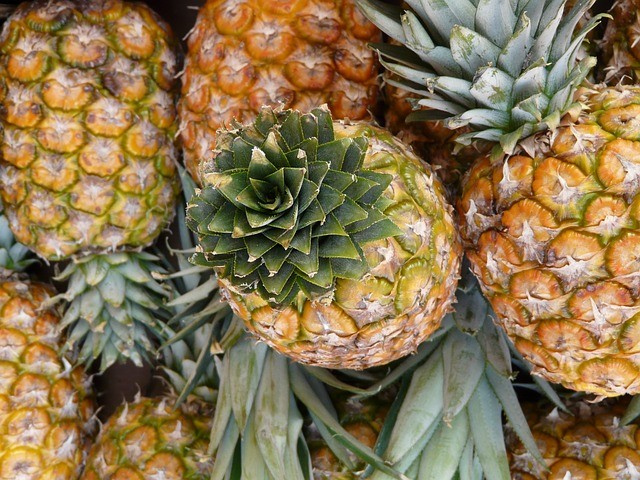Pineapples are best enjoyed in slices, chunks, as juice, in cocktails, desserts and even Hawaiian pizza where scientists now reveal the tropical fruit's genetic code to learn more about how this plant survive drought conditions including how pineapples function via a unique form of photosynthesis.
Scientists sequenced the genome of the pineapple via a new study, revealing its uncanny ability to survive dry conditions along with its process in converting sunlight to chemical energy.
According to biologist Ray Ming of the University of Illinois, this genome can provide an important basis for cultivating more varieties that can withstand disease and resist insect infestations leading to more quality and prolonged shelf life.
Pineapples were originally indigenous to southwestern Brazil some 6,000 years ago and in eastern Paraguay that are now grown worldwide in subtropical countries, boosting pineapple business. After bananas, pineapples are the second most important tropical fruit crop that grows in more than 80 countries and amounts to more than US $8 billion every year.
Ming adds that Hawaii began producing pineapples 100 years ago where it made the fruit popular worldwide due to its unique flavor and aroma.
In this new study, pineapples credit its crop value for its unique photosynthesis process called CAM or crassulacean acid metabolism. CAM is different since it is more often used in arid regions to boost water efficiency in plants.
Majority of crop plants use a common type of photosynthesis called C3 however, CAM uses 20 to 80 percent less water than C3 that is essential in arid regions and marginal lands that are usually unsuitable for most crops.
Researchers believe that this new understanding of the pineapple's genome and photosynthesis can help scientists develop drought tolerance for other crops and even engineer special C3 crops such as rice and wheat to adapt to CAM photosynthesis which is highly crucial now due to climate change.
This new study is published in the journal Nature Genetics.





















